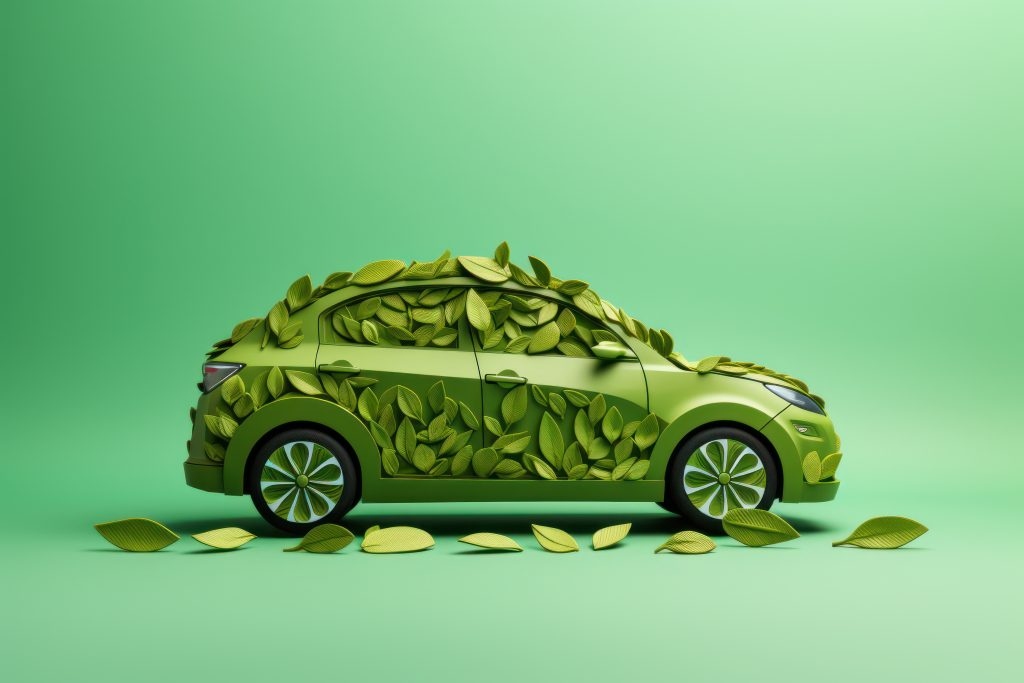
Preparing for a Renewables-First Future: Is the World's Energy Infrastructure Ready?
The summer months drove the demand for gas to heat homes and businesses down in 2023, much to everyone in Europe's relief.
This highlights the alarm that pervaded during the winter months when Russia throttled gas supplies to many countries. It forced governments to start thinking long-term to prevent such a scenario from happening again.
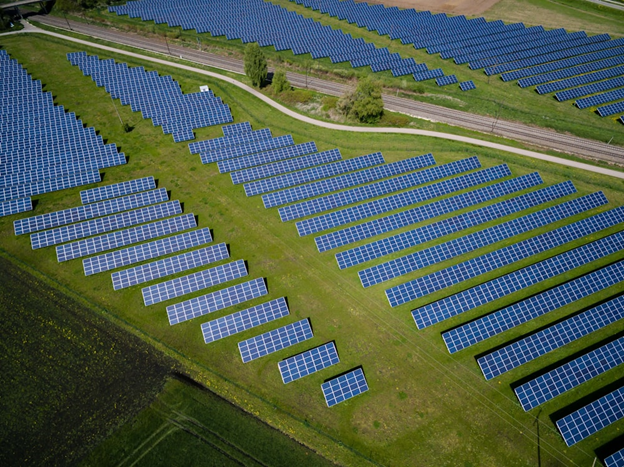
As a result, many countries are accelerating investment in decarbonization to about $1.7 trillion in 2023, upping their energy security measures. That is significantly more than the $1 trillion investment in fossil fuels. Moreover, money poured into clean energy technologies will likely rise by 24 percent annually.
The G7 meeting in Hiroshima, Japan, in 2023 reiterated world leaders' commitment to phasing out fossil fuels. The US, Europe, India, China, and Japan have signaled significant investments in decarbonization plans.
They made firm commitments to accelerate the development of clean alternatives. That implies the necessity of immediate action from governments and the private sector. One of the most important is from the Biden administration via the Inflation Reduction Act.
Americans can receive $14,000 in direct consumer rebates when they buy heat pumps or other energy-efficient home appliances. In addition, larger initiatives involve building 120,000 wind turbines, 950 million solar panels, and 2,300 grid-scale battery plants by 2030.
Bottlenecks
The world’s commitment to creating ways to generate clean energy is essential. However, expanding and digitalizing electricity grids are just as important. Without the means to distribute clean energy, any initiative falls short of expectations.
Simply adding more energy-generating assets to a grid is not the solution. Weak infrastructure, legacy issues, and ineffective systems can all hinder the transition to clean energy, no matter the number of the latest floating wind turbines or solar arrays.
Approximately 1,500 GW of distributed energy resources are at a bottleneck in the interconnection queue because the grids are not up to the energy transition. A partial solution is to invest in high-volume, efficient storage coupled with a 2000 KVA transformer to stabilize the power output.
The Energy Transitions Organization outlines a plan to fund the transition to build a net-zero economy. Until 2050, it will spend approximately $3 trillion annually on new infrastructure and generation. If all goes well, the new infrastructure will cover an approximate distance of 152 million kilometers. That is roughly the distance from the Earth to the sun, which a net-zero world requires.
Many governments worldwide are already feeling daunted by the challenge. One example is Norway, where the demand for clean energy will grow by 60 percent by 2050. This number is based on the requests for grid connections fielded by Norwegian grid operator Statnett. That effectively doubles the electricity demand.
Stattnet has plans to invest £7bn in new substations and larger cable projects to meet customer needs. The grid operator plans to implement these investments in 10 regions as part of its 20-year strategy. That is a massive undertaking unequaled in the built electrical environment's history.
Speed Is Critical
Construction of new grid projects is expensive and takes a lot of time. Grid operators need tools to improve their grids quickly while optimizing output with minimal effort. Digitalization can play a massive part in this process.
Digital twin technology is one method of achieving a speedy transition. An example is the creation of a digital twin of the most extensive transmission system in the US, a joint undertaking of Siemens and American Electric Power.
Digital twins are virtual computer models of whatever they are modeled upon, be it a factory, a town, or a grid. They can simulate future scenarios, model live data, and create living or live replicas of the physical world.
However, while electricity generation, transmission, and distribution are critical, understanding usage in low-voltage (LV) networks is crucial. Distribution system operators have little to no visibility of where the assets are, let alone know how much power they produce or consume, making it impossible to predict the behavior of the LV grid.
Siemens's LV Insights X aims to provide detailed low-voltage monitoring capabilities. It combines SCADA data, the Internet of Things, and meter data management so grid operators can reliably assess the grid state.
Distributions can confidently target the right grid segments by considering usage and consumption data (e.g., from smart meters). Thanks to the digital twin, they have complete visibility into the current grid state and capacity limits. That means the teams working on the simulation can streamline the long line of interconnection requests. It identifies where and when investment is necessary and recognizes detailed usage patterns.
Energy Transition Requires Transmission
Governments are setting goals to achieve a net-zero world. These may involve the number of turbines installed, the square footage of solar deployed, or the number of electric vehicles sold. However, the challenge of grid capacity remains a critical issue.
Optimizing the capacity of existing grids is necessary, but the lack of visibility makes that challenging. As the more laborious task of building new towers, cables, and substations begins, complete visibility and optimization are essential to extracting more from existing grids.
Digitalization can provide a solution. It can help operators become more efficient, reduce transmission losses, make electricity flows more demand-oriented, and make grid operations more transparent.
Time is running out to supply green energy to as many people as possible within the prescribed deadline. Smarter, digitalized, and expanded energy grids can help make a net-zero world a reality.
Trending
-
1 How IoT is Revolutionizing Sustainability: A Brighter Future Beckons
Susanna Koelblin -
2 How The Water Treatment And Desalination Will Change The Environment For The Better
Daniel Hall -
3 How Intermediate Bulk Containers Enhance Environmental Sustainability
Daniel Hall -
4 Hybrid Cars and Their Key Benefits
Susanna Koelblin -
5 UK Faces Wettest July in Recent Memory
Daniel Hall


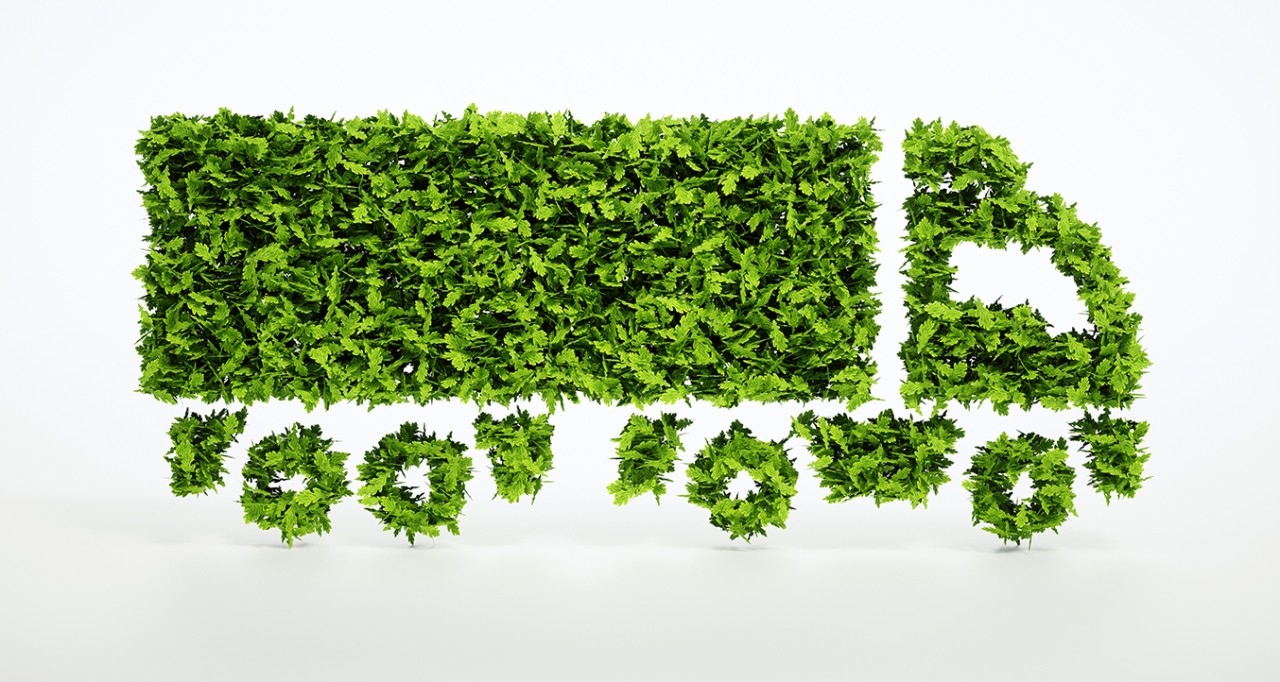
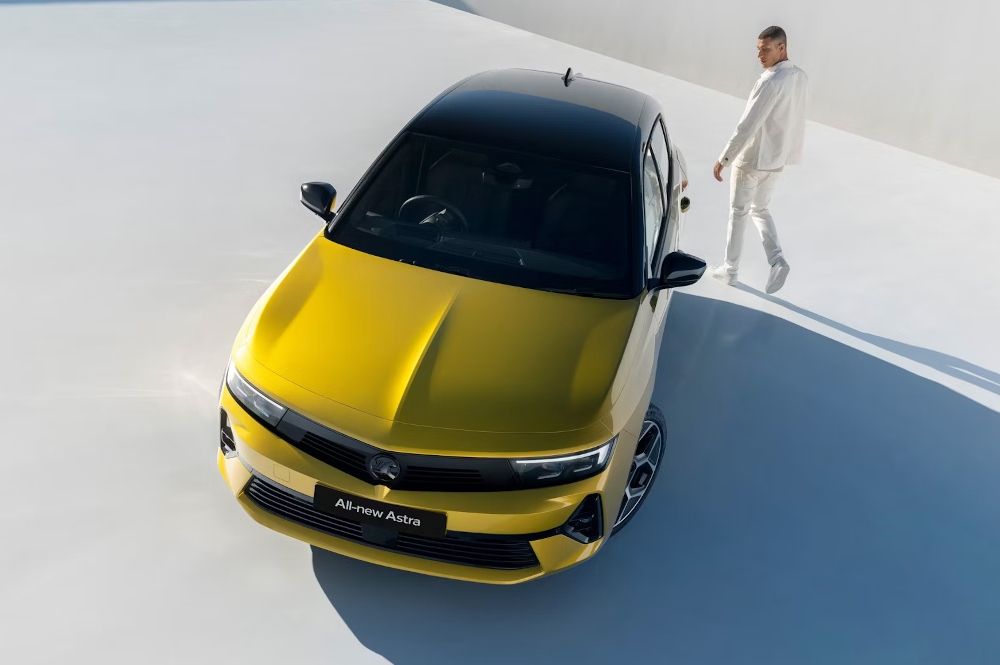
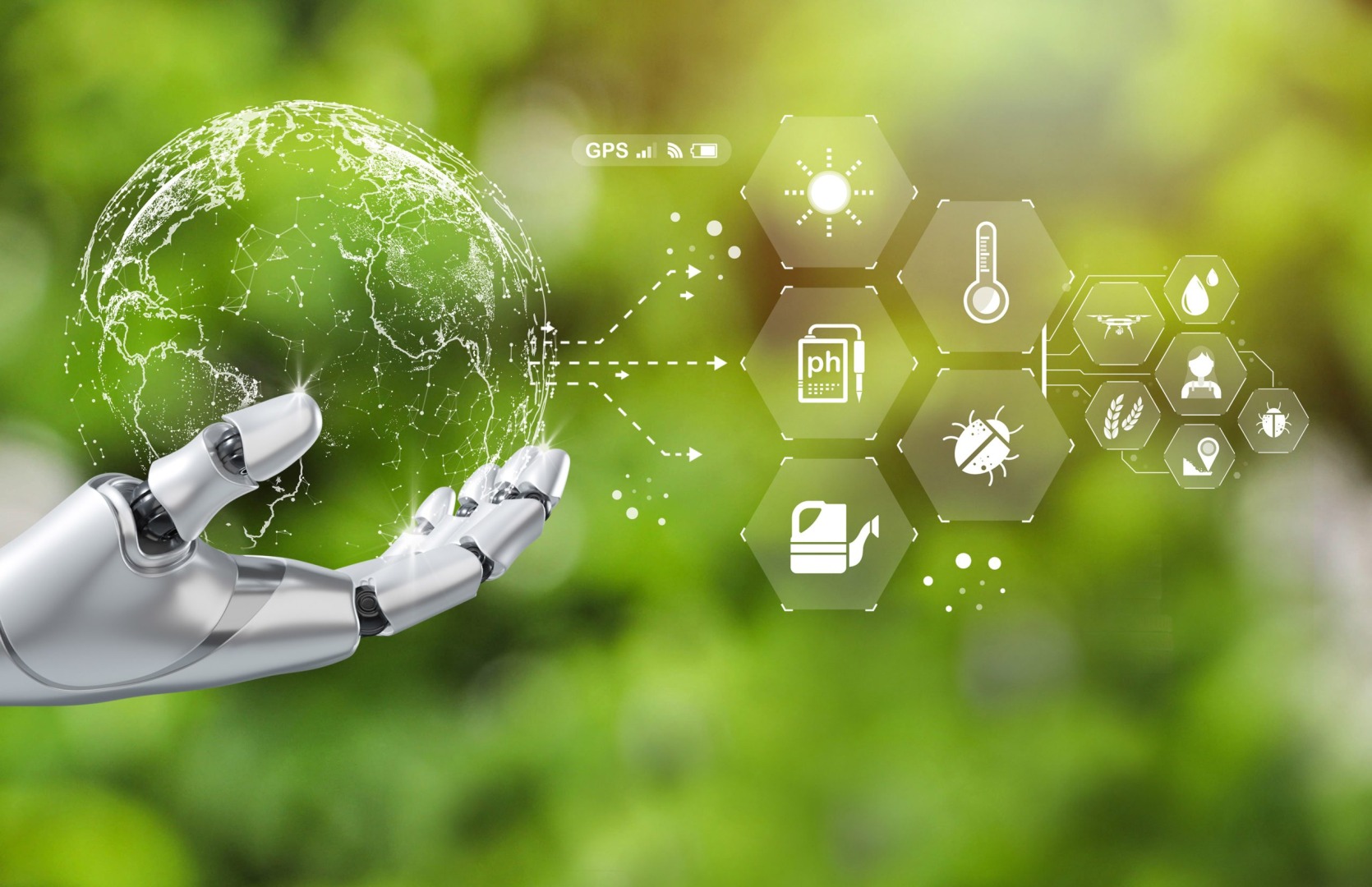
Comments